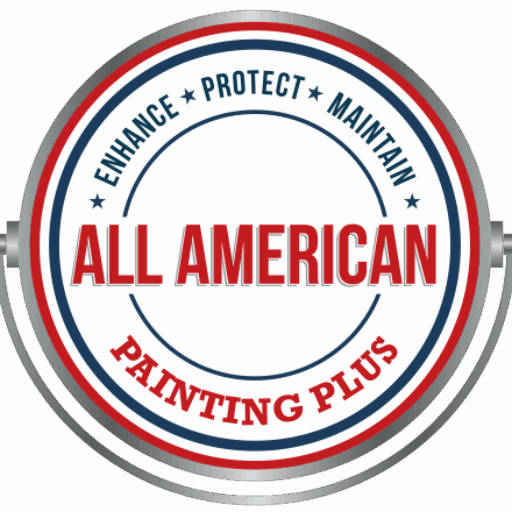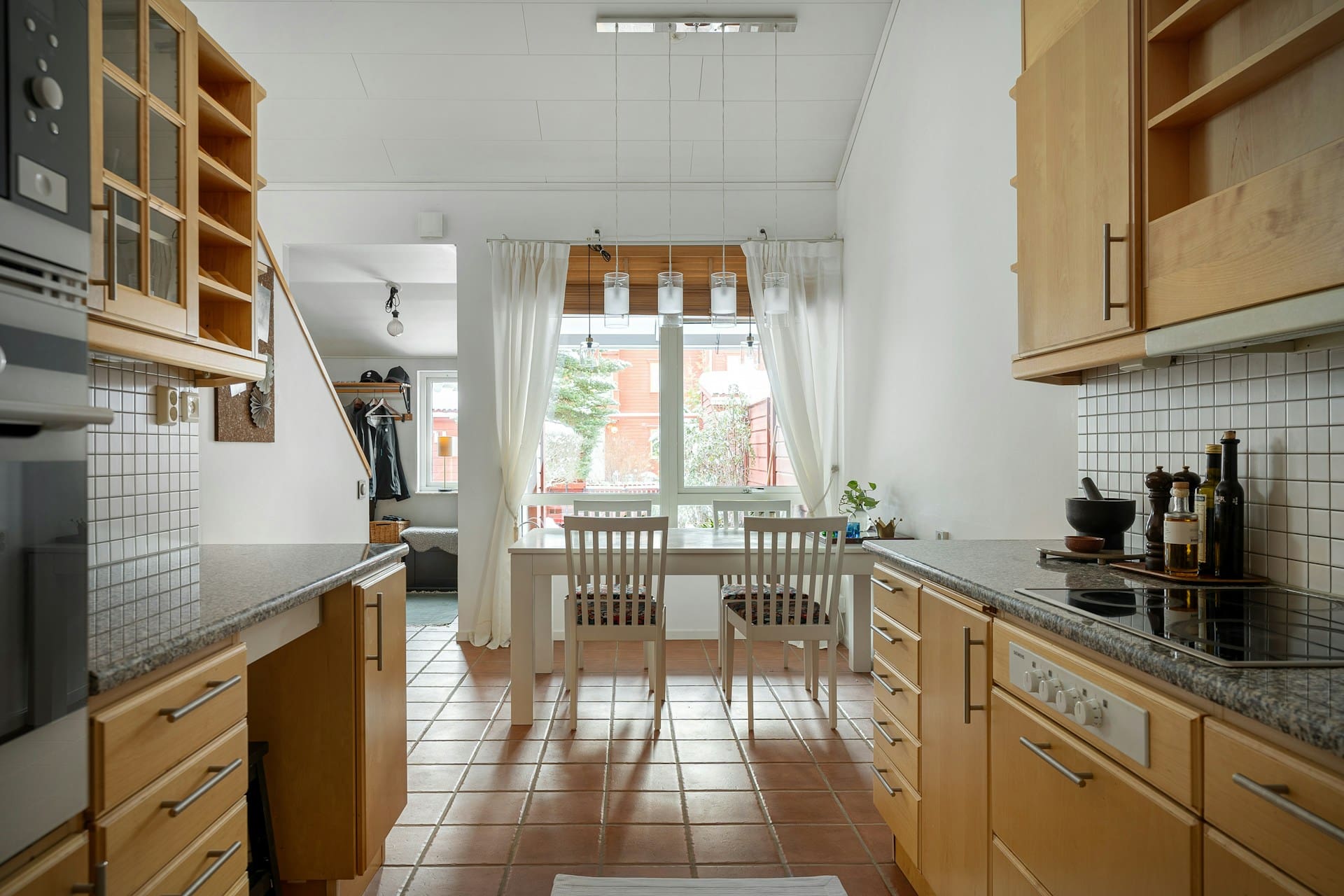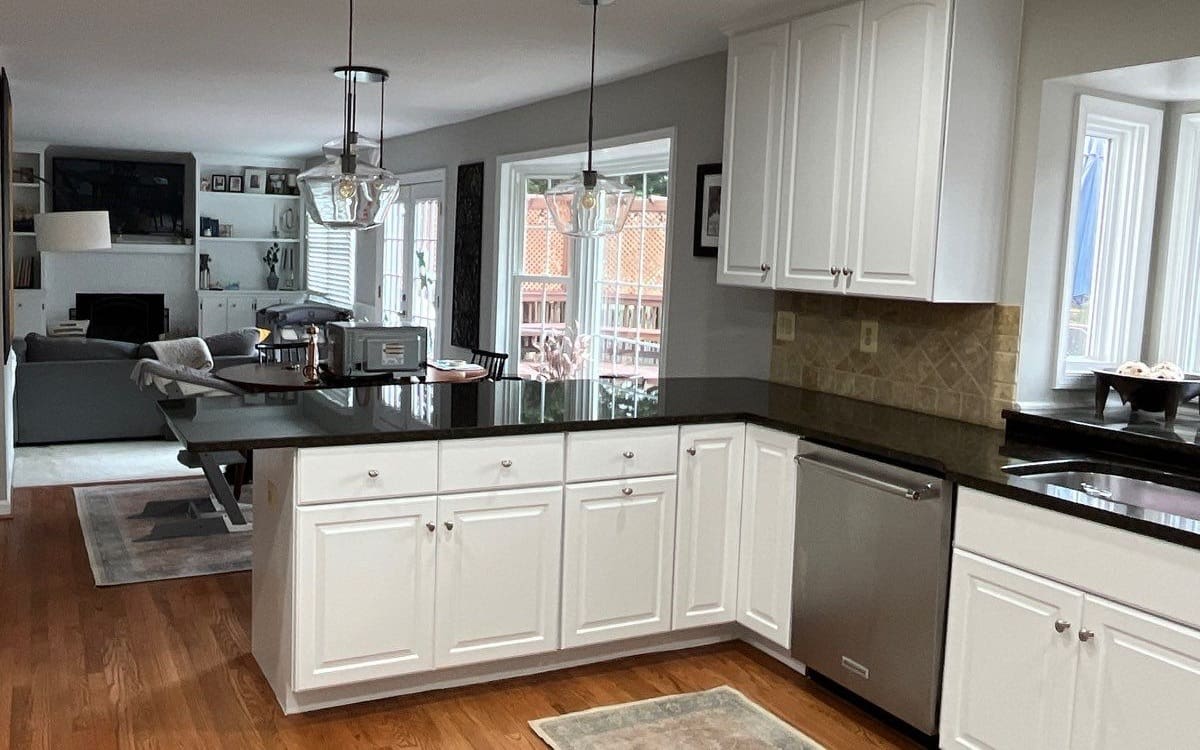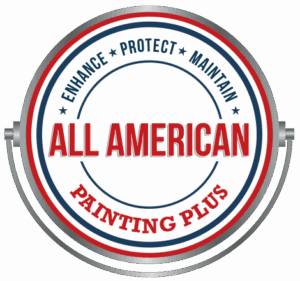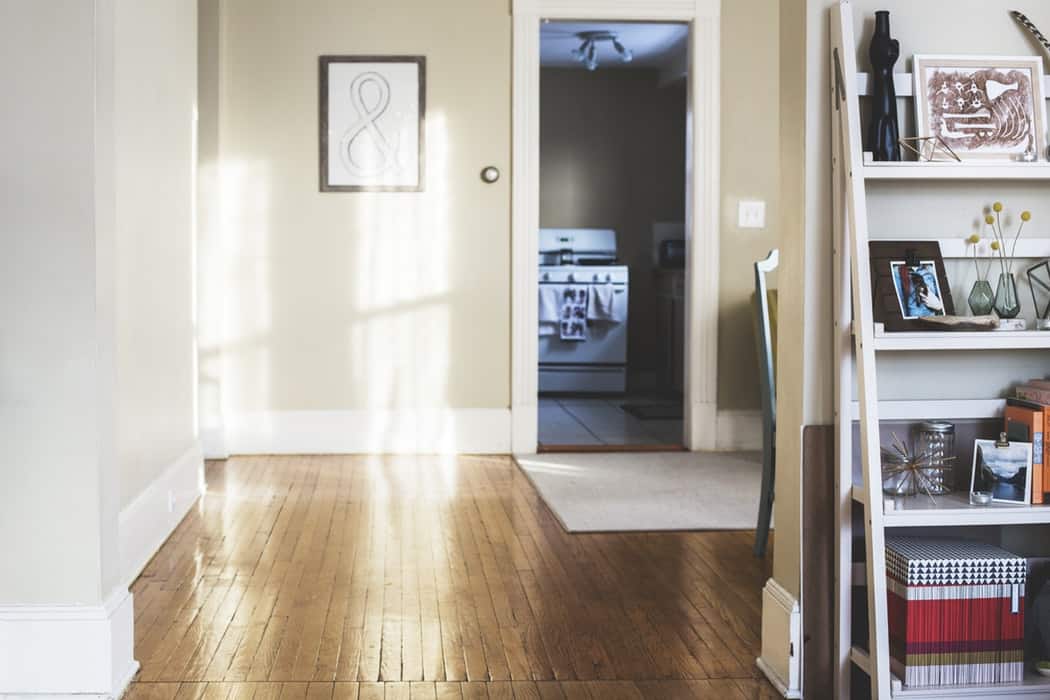
How We Can Keep You Cool and Save Energy
It doesn’t matter if you live in Arlington or Herndon, Dulles or way out in Haymarket, summertime in Northern Virginia is hot and humid. The most common method of beating the heat is to crank up the air. Of course, when you do that, you are cranking up your energy bill as well. There is a way to make a significant dent in your DVP or NOVEC bill this summer, and it centers around ways to make life easier for your air conditioner.
With nearly two decades of house painting experience, award-winning All American Painting Plus, a Reston-based residential painting contractor, has seen and used all the advances made in paint technology. Today’s paint is more than just a way to color a surface. The “protective” capabilities of house paint have dramatically improved, making it an even more important element in the care of your family’s biggest investment.
That protection now extends to conserving your family energy budget.
Paints with High Light Reflectance Value (LRV) Can Cool You Off
If you think about it, paint protects your home using an acrylic latex film that’s about one-thousandth of an inch thick. When protection is spread that thin, you want to be sure the paint you use is the best. Consumers usually choose their paint based on color. We think that they need to know more in order to get the best value for their investment.
As professional exterior painters, we will recommend a paint that we feel offers the appropriate level of protection. Even so, we encourage our customers to check out the paint more thoroughly, specifically the paint performance properties (e.g. adhesion, flexibility, color fade, gloss loss) and the product’s volume of solids. A high percentage of solids indicates more resins and pigment. Lastly, and importantly, check the LRV rating. LRV is rated 5 to 95. The higher the number, the more effective the paint.
A reflective paint works much the same way as summer clothing. You wear lighter colored clothing because that black T-shirt sucks up the sun’s energy (heat). Paints with a high LRV reflect solar energy (including UV rays), decreasing the absorption of heat. The house “clothing” decreases the temperature of the house’s body (interior), requiring less air conditioning.
Is a reflective paint the solution to your high energy bill? It is a piece of the answer, but there are other items that combined can result in lower costs.
- Climate Smart Landscaping. Strategically planted shade trees can cut your summer energy bill in half according to the Department of Energy. If you plant a six to eight-foot tree near your home, it will provide shade for your windows inside a year and shade for your roof in five to eight years, depending on the species. Mature trees offer more benefits including serving as windbreaks, lower outside noise and air pollution, and increasing the sale value of your property. This informative PDF from DOE spells it out.
- Awnings. If you can’t get shade from trees, create your own shade by installing awnings. Awnings have come a long way since your grandpa’s day, and are now more durable, lighter, provide UV protection, and are far more attractive.
- Attic ventilation. Your HVAC ductwork runs through your attic, where temperatures can hit 150 degrees or more. Good ventilation can keep that heat under control. Unfortunately, the vents in the soffit and eaves are often covered up by a less than professional insulation job. Ventilation is also essential in reducing moisture and controlling dry rot and mold. It may be in your best interest to have a professional roof inspector have a look and make recommendations.
Contact a Painting Professional
If it’s time to “cool off” your house with a fresh coat of high LRV paint, call the best professional painting service in Northern Virginia for an affordable exterior painting cost. Call All American Painting Plus now!
